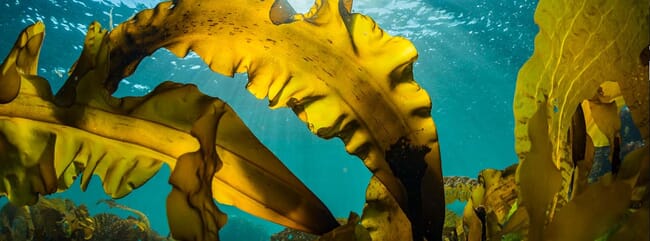While great strides have been made to reduce runoff in the Maine inlet nitrogen levels still regularly exceed water quality thresholds, according to the State of the Bay Report, released by the Casco Bay Estuary Partnership earlier this week. This runoff comes from a variety of sources, including water treatment plants and stormwater discharges. Water quality experts predict that this challenge will continue as Southern Maine’s population increases unless new advances are made to remove nitrogen from the bay.
“Excess nitrogen in the coastal ocean decreases water quality and harms our beloved coastal ecosystem.” said Adam Baske, head of Running Tide's coastal programs. “We want to put Mother Nature’s natural filtration systems to work in helping turn the tide on this pervasive problem.”

© National Academies
Over the next two years for the duration of the grant, Running
Tide will work alongside the New England
Environmental Finance Center and Casco Bay Estuary Partnership, programs of the
Cutler Institute at the University of Southern Maine, to establish
a small experimental site near the outfall of the East End Wastewater
Treatment plant. The project is awaiting sign off from the Department
of Marine Resources.
It is known that shellfish and kelp can both have positive impacts on water quality, and this experiment will specifically investigate their ability to reduce nitrogen levels in local waters. Using shellfish and kelp reared at the Running Tide hatchery, the team will outplant them and monitor how much nitrogen is absorbed by the organisms over the course of the project.
“Everyone in Maine wants a healthy coastal ecosystem, and we are thrilled to be part of a team developing nature-based solutions to this end. We hope that this is the beginning of a wave of such projects in Maine and beyond,” said Baske.
This project is an example of “green infrastructure” – living infrastructure that naturally tackles pollution challenges. Running Tide believes their research will quantify nitrogen removal by shellfish and kelp, encouraging future adoption of more green infrastructure projects in the region.
The funding takes the form of a National Estuary Program Coastal Watershed Grant from Restore America’s Estuaries and the US Environmental Protection Agency




